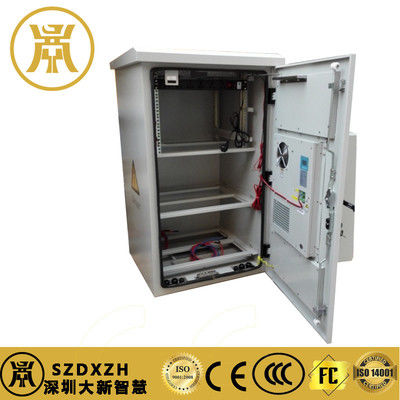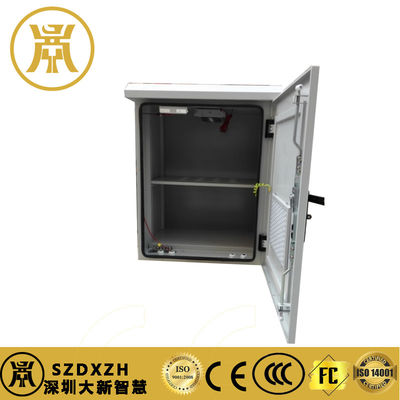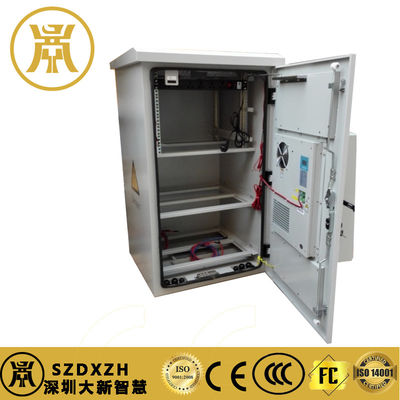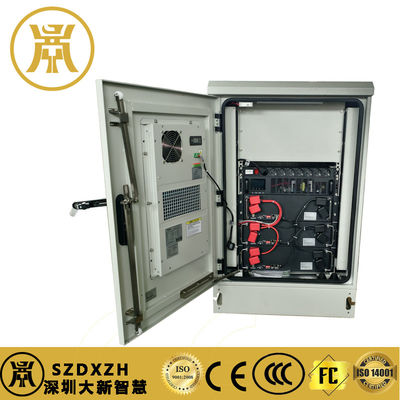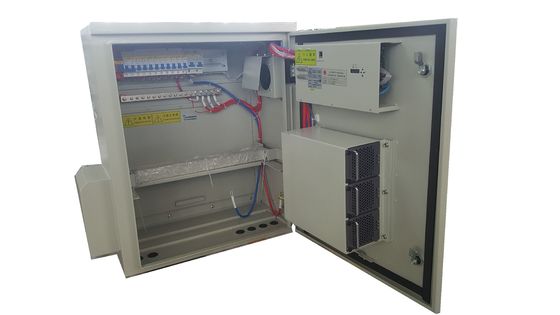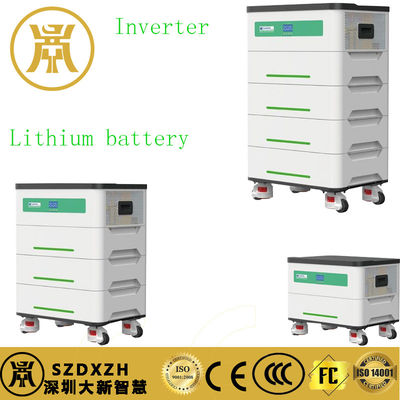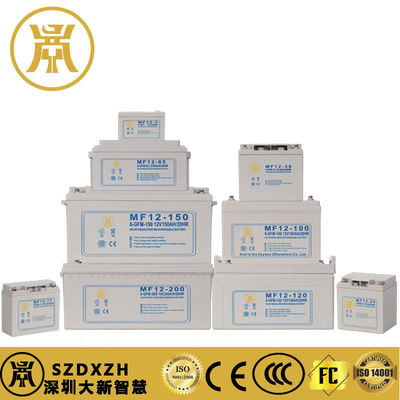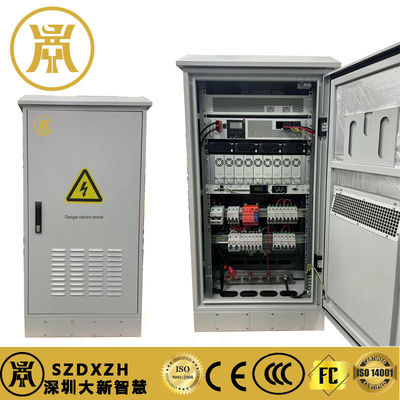The new energy vehicle industry has entered a period of rapid development, and the supporting energy supply industry is also facing industrial upgrading. The integration of photovoltaic storage and charging has gradually become a new benchmark for the development of the industry.
At this year's SNEC conference, which is known as the "Photovoltaic Spring Festival Gala", the industry's leading companies also exhibited their latest photovoltaic storage and charging solutions, which also means that the era of photovoltaic storage and charging is quietly coming.
What is the integration of photovoltaic storage and charging?
"Integration of photovoltaic storage and charging" simply means combining photovoltaics, energy storage, charging piles and other elements through power electronic conversion technology to form a small source, network, load, and storage new power system.
This small self-sufficient system is based on the following working principle: the excess electricity generated by photovoltaic power generation is stored in energy storage devices. These devices and other systems jointly undertake the task of power supply and provide charging services for electric vehicles.
This design uses the battery energy storage system to absorb valley electricity and support fast charging loads during peak periods to supply green electricity to electric vehicles. At the same time, it is supplemented by photovoltaic power generation systems to achieve auxiliary service functions such as power peak shaving and valley filling, effectively reducing the peak-to-valley difference of the fast charging station, and effectively improving the system operation efficiency.
In what fields can storage and charging be applied?
Highway service area
Highway service areas usually cover a large area and have enough space to install photovoltaic panels and energy storage facilities. Electric vehicle charging stations in service areas can use photovoltaic storage and charging systems to provide charging services for passing vehicles and use excess electricity to sell online.
Parking lot
In parking lots in cities, especially large commercial complexes or public parking lots, photovoltaic carports can be installed, integrating photovoltaic power generation, energy storage and electric vehicle charging. This model can not only provide shade and rain protection, but also provide charging services for parked electric vehicles.
Industrial park
Industrial parks usually have a large number of roofs and other idle spaces that can be used to install photovoltaic panels. The photovoltaic storage and charging system can help the park achieve energy self-sufficiency, and can also provide charging services for electric vehicles in the park.
Home and commercial areas
For residential areas and commercial buildings, the photovoltaic storage and charging system can provide users with self-sufficient clean energy and reduce dependence on the power grid. Home and commercial users can use solar power to generate electricity and store excess electricity through energy storage systems for emergency use.
The application of photovoltaic storage and charging in other fields, such as: microgrid energy storage system, photovoltaic grid-connected/off-grid energy storage, industrial and agricultural applications, mobile power supplies and portable devices, etc.
What are the advantages of photovoltaic storage and charging?
Economic advantages: reduce electricity costs. Enterprises can use energy storage equipment to store electricity during the low electricity price period, discharge during the peak electricity consumption period and the peak electricity price period, reduce the use of high-priced electricity in the power grid, and realize peak-valley electricity price arbitrage.
Technical performance advantages: efficient energy utilization, intelligent scheduling system to achieve photovoltaic-storage-charging coordinated optimization.
Grid-friendly characteristics: relieve grid pressure, reduce the impact of charging load on the distribution network, and improve energy reliability.
Environmental protection and social benefits: 100% green electricity charging, reduce carbon emissions.
The integration of photovoltaic storage and charging achieves the system benefit of "1+1+1>3" through energy coordinated optimization. With technological progress and business model innovation, its economy and practicality will continue to improve.

 Your message must be between 20-3,000 characters!
Your message must be between 20-3,000 characters! Please check your E-mail!
Please check your E-mail!  Your message must be between 20-3,000 characters!
Your message must be between 20-3,000 characters! Please check your E-mail!
Please check your E-mail! 
